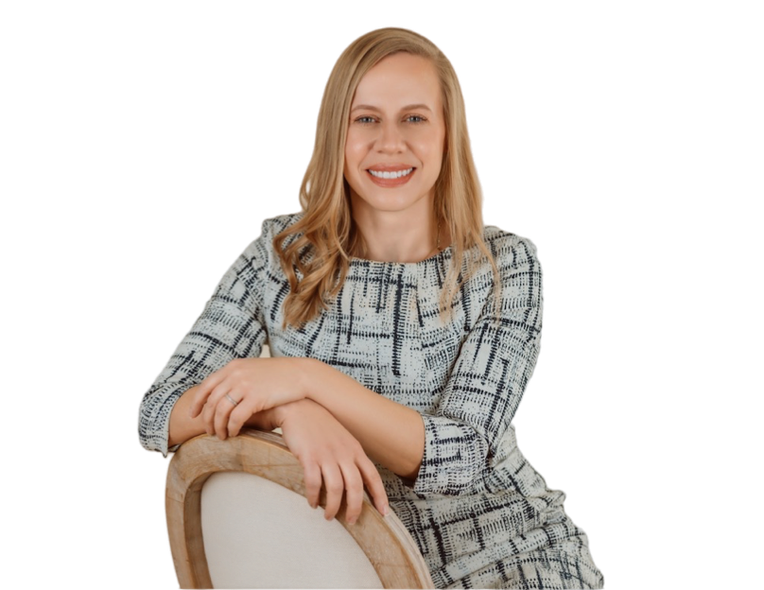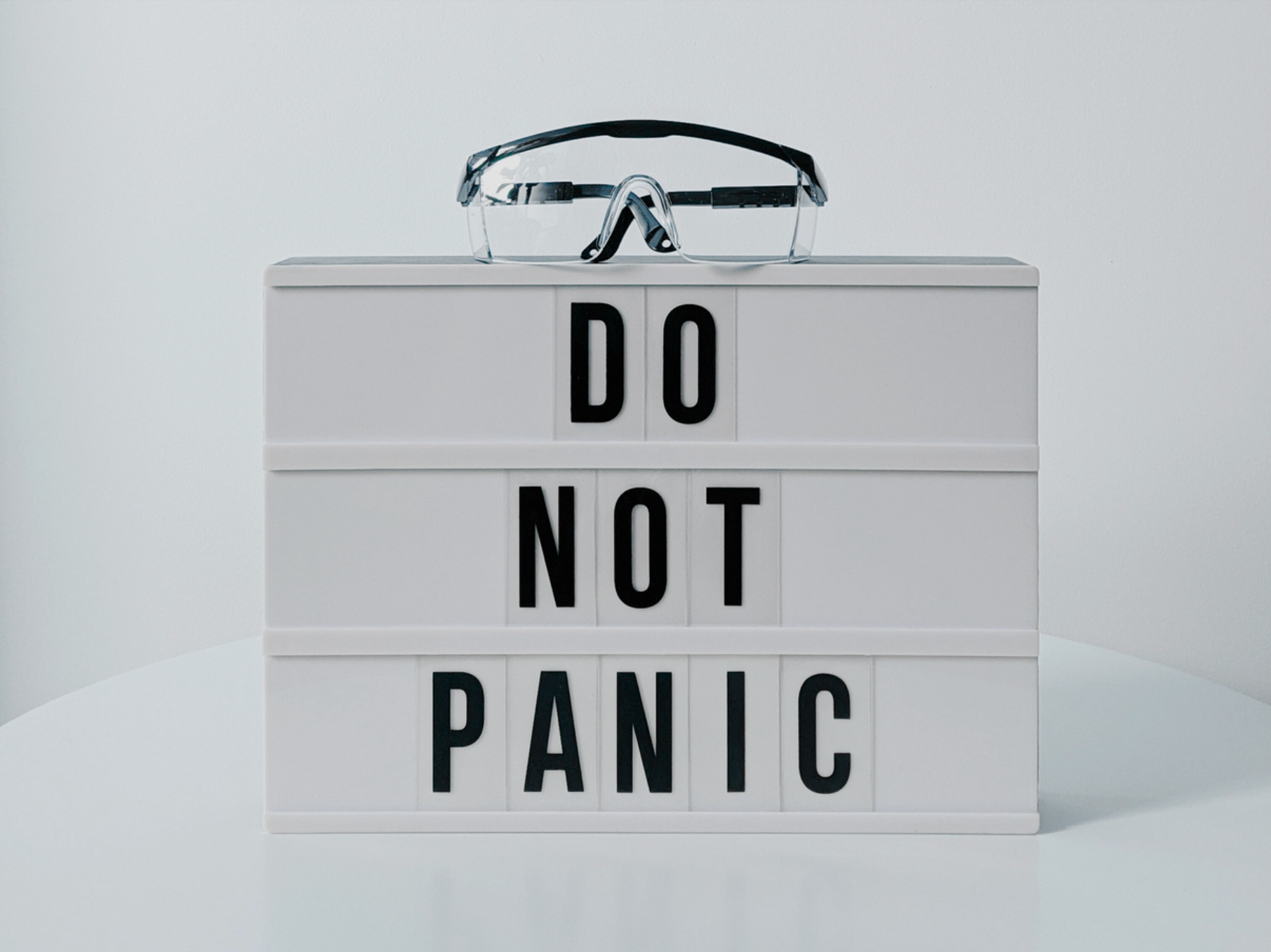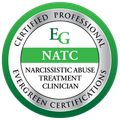About Me
Hi, I’m Andrea—a Licensed Clinical Social Worker and coach offering both therapy and coaching for people navigating the quiet chaos of being high-functioning but deeply overwhelmed.
For over twenty years, I’ve supported clients through complex emotional landscapes—whether that’s the inner friction of anxiety and self-doubt, the executive function challenges of ADHD, or the interpersonal strain of high-conflict relationships and communication breakdowns. My work is direct, thoughtful, and deeply collaborative. Clients often tell me they finally feel like they’ve found someone who gets the nuance—someone who can hold depth, challenge them respectfully, and offer clear, actionable strategies that actually stick.
My clients are often professionals, creatives, and deep thinkers operating in high-pressure environments where performance challenges and emotional pain are often hidden behind competence. They may look successful on paper but struggle internally with underachievement, low self-trust, or feeling stuck in patterns they can’t quite shift. They’re not looking for surface-level advice—they’re looking for grounded, intelligent support that respects both their mind and their humanity.

My understanding of ADHD is both personal and professional. My professional identity is shaped just as much by my clinical training, my coaching expertise, and my commitment to social justice. I believe systems of privilege and marginalization shape how people experience mental health, access support, and initiate change. My work honors that complexity and helps clients move forward without losing their values or their spark.
Why This Work Matters To Me
Though I had been a therapist for years, it took me a long time to fully recognize and accept my own ADHD. Like many high-functioning individuals, I had learned to mask—appearing calm and capable on the outside while navigating overwhelm, time distortion, and emotional intensity beneath the surface.
When both of my daughters were diagnosed, their experiences held up a mirror. I began to see that the struggles I had long managed in silence weren’t personal shortcomings—they were traits of a differently wired brain. That realization changed everything.
That lived insight, layered onto two decades of clinical experience, brought new depth to how I work. Like many people I work with, my story isn’t linear—and my understanding of how we lose ourselves (and find ourselves again) runs deeper than just ADHD.
I understand the pressure to appear “fine” while feeling anything but. I know the toll of thinking you should be doing more, feeling better, or performing perfectly. I’ve walked my own path of relearning discernment, reconnecting with self-trust, and building a life that feels aligned. That’s why this work is never just theoretical for me. And I know that change is possible—not through shame or rigid systems, but through compassionate strategies that honor your brain, your values, and your life.
Coaching provides structure and forward momentum.




















